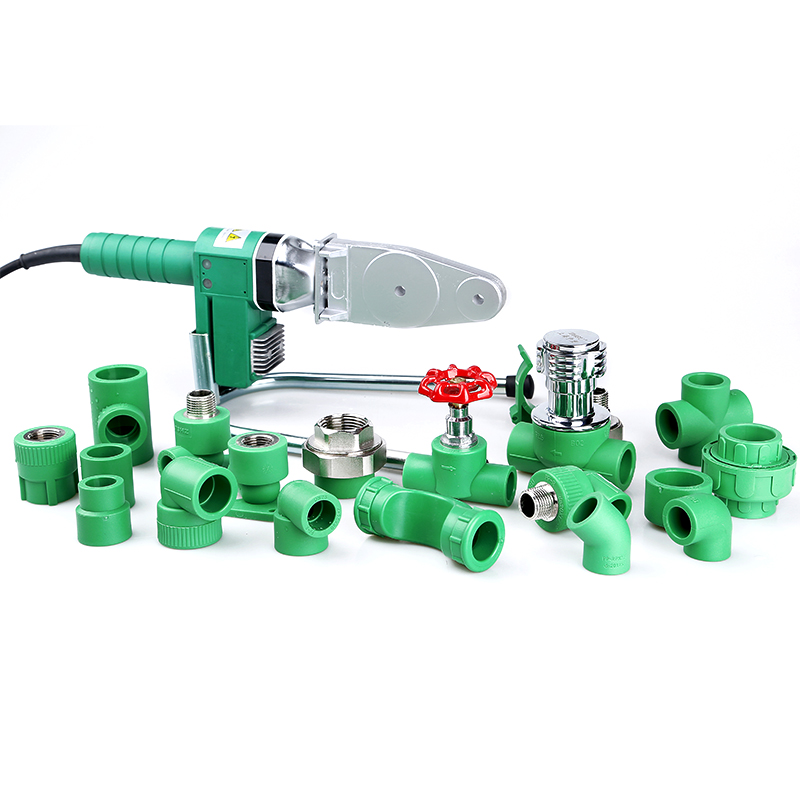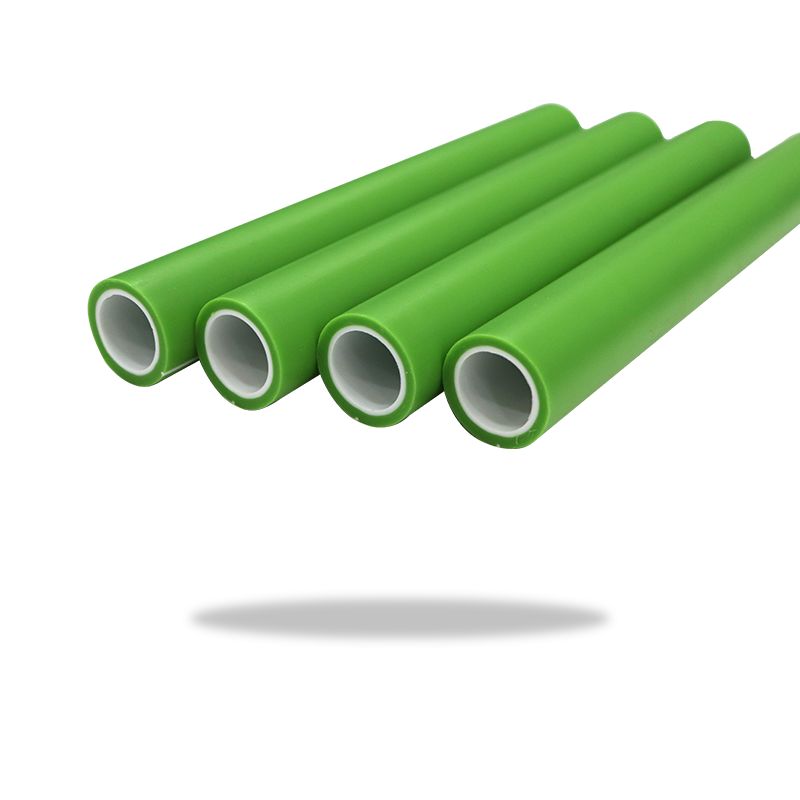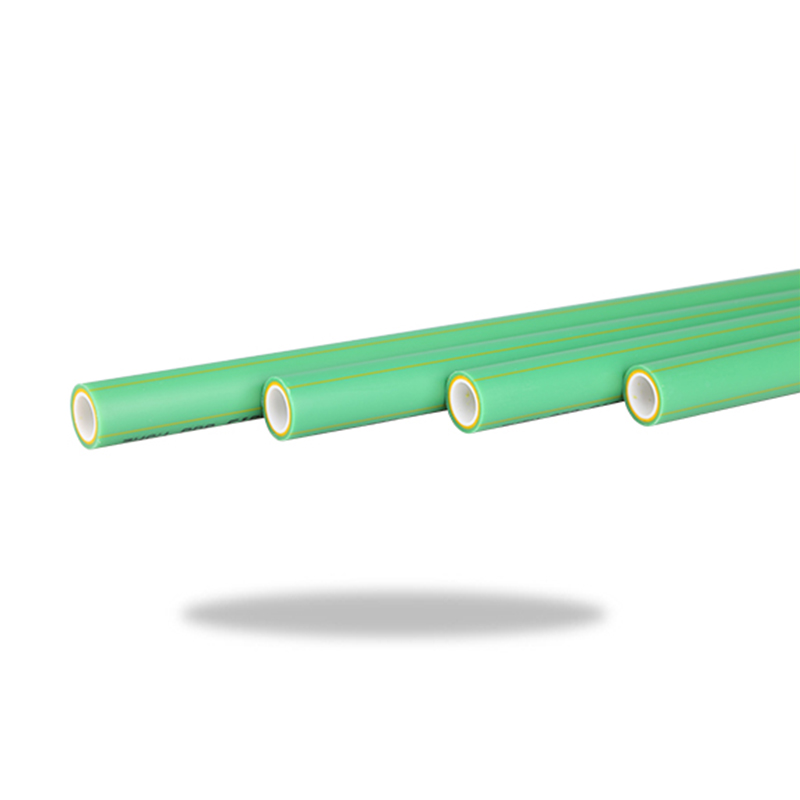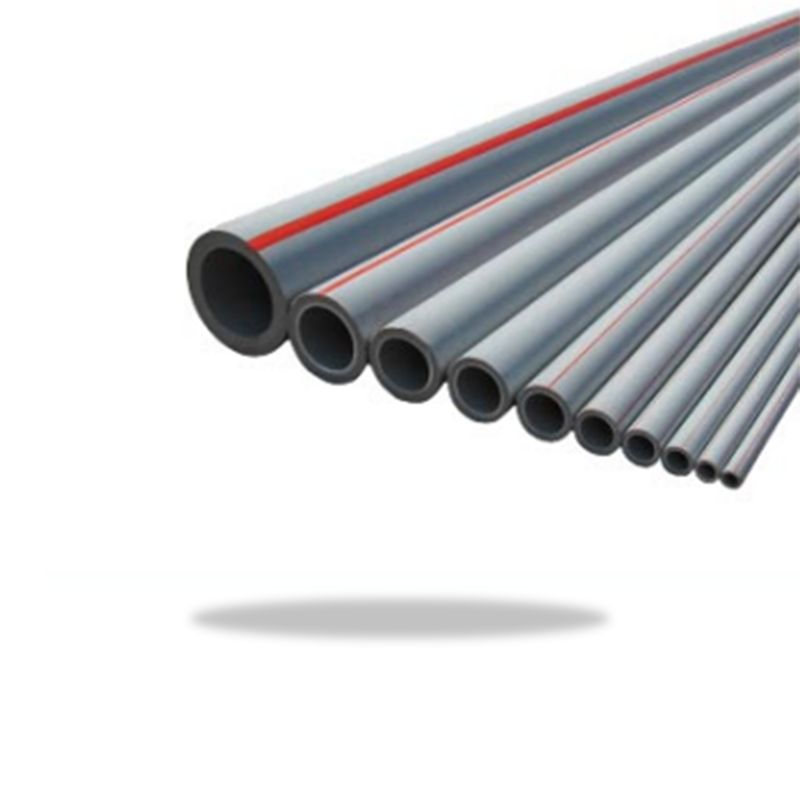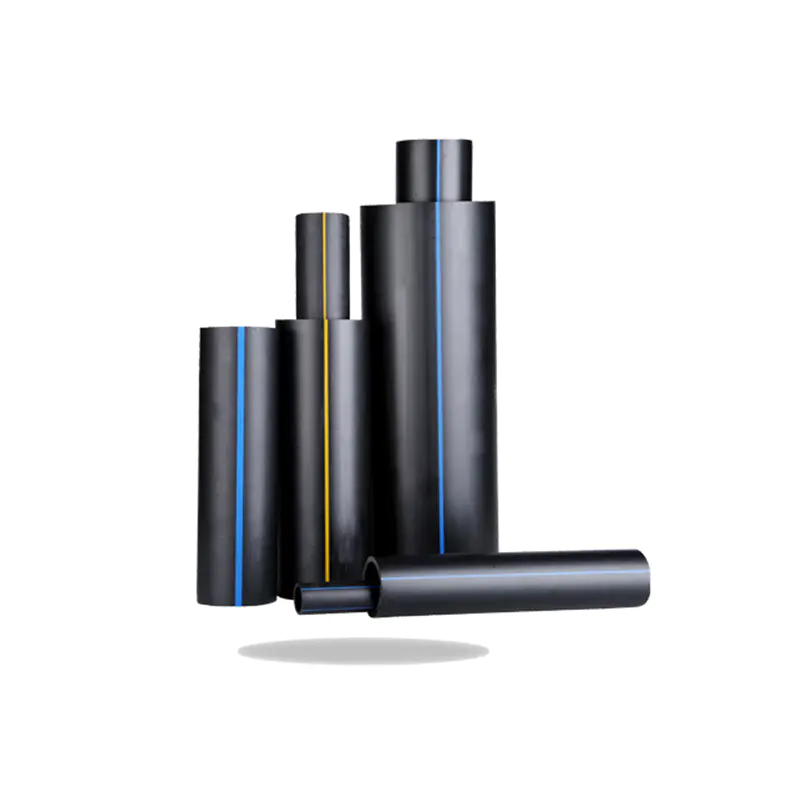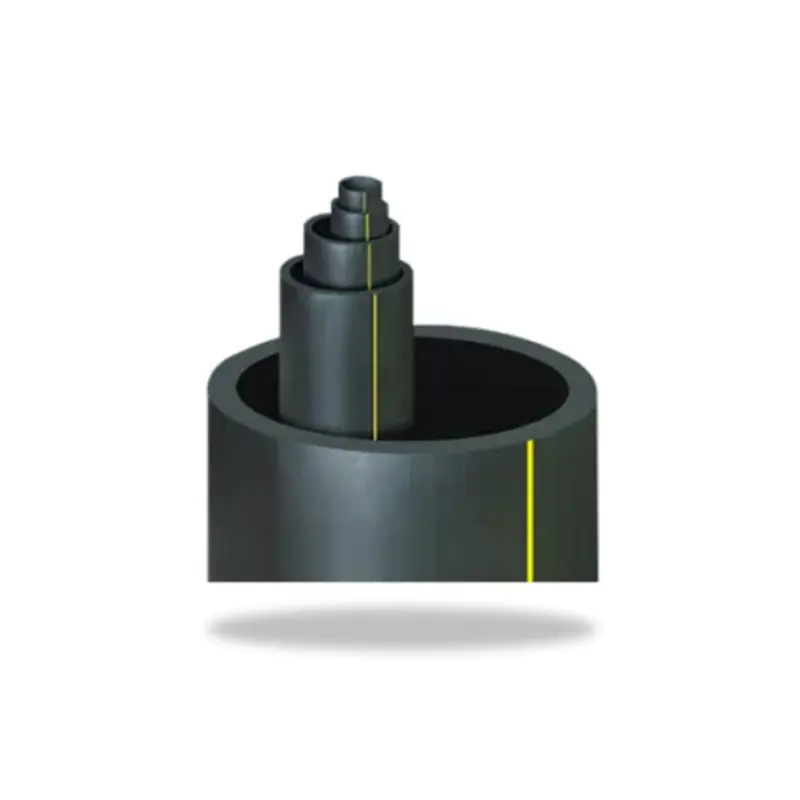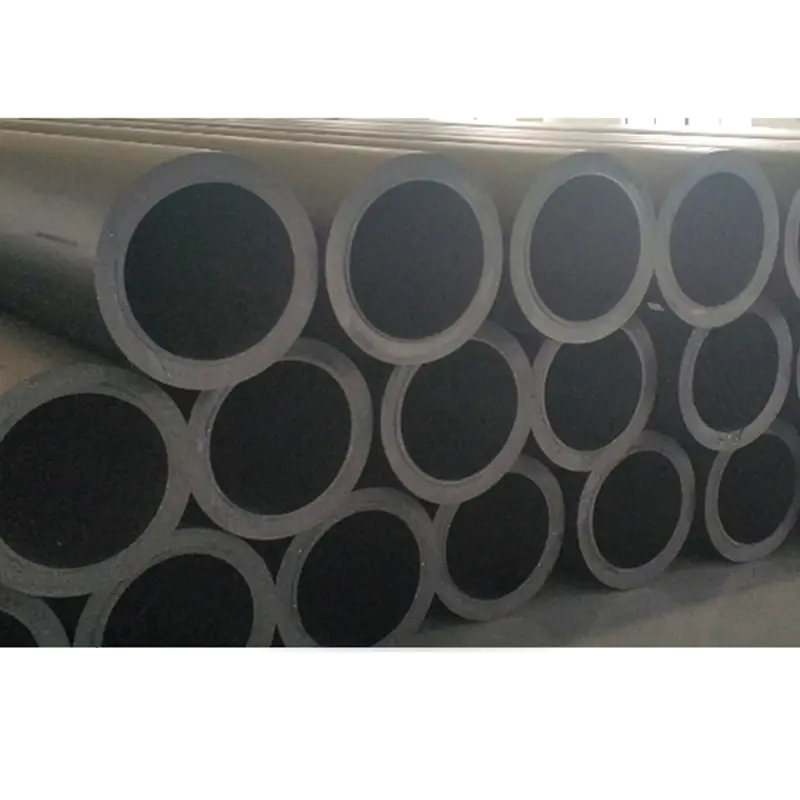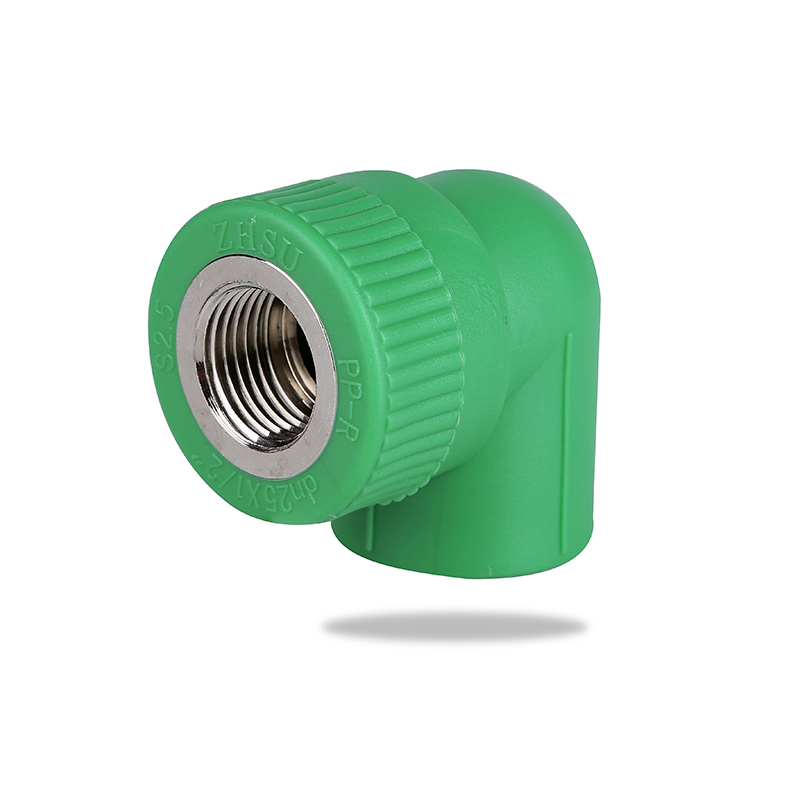Introduction to PPR Caps
PPR caps are essential components in plumbing systems, designed to close the ends of PPR pipes securely. Known for their durability, resistance to high temperatures, and chemical stability, PPR caps are widely used in both domestic and industrial applications. Understanding their compatibility across different plumbing systems requires analyzing material standards, sizes, pressure ratings, and installation methods.
Material and Manufacturing Standards
PPR caps are primarily made from polypropylene random copolymer (PPR), which provides high resistance to heat and corrosion. Key standards and properties include:
- Resistance to hot and cold water up to 95°C for continuous use.
- High chemical resistance, suitable for aggressive fluids in industrial applications.
- Compliance with international standards such as ISO, ASTM, and DIN ensures reliability across regions.
Size Compatibility and Adaptability
One critical factor affecting universal compatibility is size. Domestic plumbing typically uses smaller diameters, while industrial pipelines can require larger sizes. PPR caps are manufactured in a range of diameters to meet these needs:
| Diameter (mm) | Common Use | Pressure Rating (PN) |
| 20-50 | Domestic water supply lines | 10-16 |
| 63-110 | Commercial or light industrial applications | 10-16 |
| 125-160 | Industrial plumbing and high-capacity pipelines | 10-20 |
This variety ensures that PPR caps can be adapted to both small household connections and large industrial pipelines, although the proper selection must be based on system specifications.
Pressure and Temperature Considerations
Domestic plumbing typically operates under lower pressures, usually up to 10 bar, whereas industrial applications may reach 16 bar or higher. PPR caps are designed to withstand these differences, but compatibility depends on choosing the correct pressure rating:
- Domestic PPR caps are generally rated for PN10 or PN16.
- Industrial PPR caps may require higher ratings, up to PN20, to handle elevated pressures and temperatures.
- Temperature tolerance is essential, especially for hot water pipelines or process applications in factories.
Installation Methods and Compatibility
Installation techniques influence the universal applicability of PPR caps. The most common method is thermal fusion welding, which creates a strong, leak-proof connection between the cap and pipe. Key considerations include:
- Ensuring correct fusion temperature and time to avoid weak joints.
- Compatibility with pipe diameter and wall thickness for a secure seal.
- Adapting tools and equipment to different settings, whether residential or industrial.
Applications in Domestic Plumbing
In homes and apartments, PPR caps are used to:
- Seal the ends of water supply lines to prevent leaks.
- Close unused branches in plumbing networks.
- Provide future connection points for system expansion.
Applications in Industrial Plumbing
Industrial plumbing systems often involve higher pressures, larger diameters, and aggressive fluids. PPR caps are suitable for:
- Sealing process lines in factories for water, chemicals, or steam applications.
- Closing large pipelines in commercial buildings or plants temporarily or permanently.
- Ensuring safety by preventing leakage in high-pressure systems.
Limitations and Considerations
Although PPR caps are versatile, some limitations exist:
- Extremely high-temperature or high-pressure industrial processes may require alternative materials such as PVC, CPVC, or metal caps.
- Improper installation can compromise universal compatibility.
- Caps must be chosen according to local plumbing codes and standards to ensure safety and compliance.
Conclusion
PPR caps offer broad compatibility across domestic and industrial plumbing systems, provided that proper attention is given to size, pressure rating, material standards, and installation methods. While domestic systems require lower pressure ratings and smaller diameters, industrial applications may need larger, higher-rated caps. Selecting the right PPR cap ensures reliable, leak-proof performance for both household and industrial pipelines, making them a versatile solution for modern plumbing needs.
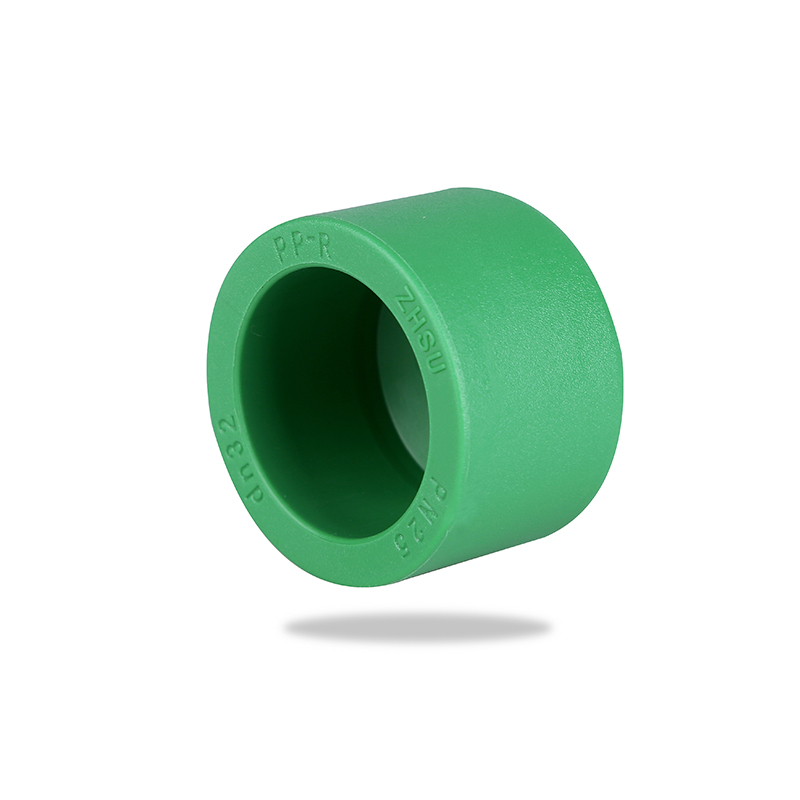

 简体中文
简体中文 English
English русский
русский Español
Español Français
Français عربى
عربى Português
Português 日本語
日本語 italiano
italiano Nederlands
Nederlands Polskie
Polskie
